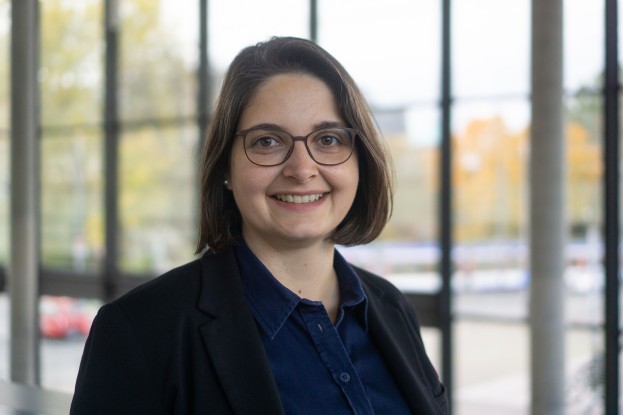Dynamics of the tumor suppressor p53 in single cells
How do living cells sense genotoxic stress and activate an appropriate response?
Project Description
The tumor suppressor p53 is a central hub in the signaling network mediating the mammalian DNA damage response. It converts incoming signals into alternate cell fate decisions by changing the expression of hundreds of target genes. Previously, we used a combination of quantitative fluorescent time-lapse microscopy, computational data analysis and mathematical modeling to show that the p53 protein accumulates with oscillation-like dynamics upon induction of DNA double strand breaks. These dynamics are generated by an excitable network comprising positive and negative feedback, resulting in pulses of uniform amplitude and duration. The strength of the insult is mainly encoded in the number of pulses, similar to a digital signaling system. However, depending on the type of the stimulus and the activity of interacting pathways, the p53 system can generate other dynamics as well.
Main question:
How is the cellular response to different forms of genotoxic stress determined by the dynamic activation of the p53 network?
Approach:
To systematically measure network dynamics, fluorescent reporter cell lines for regulators and target genes of p53 were generated using CRISPR / Cas9 mediated genomic engineering. Using these cell lines, signaling dynamics and cellular outcomes upon treatment with chemotherapeutic drugs or other forms of genotoxic stress will be analyzed by time-lapse microscopy, automated image processing and computational data analysis. Perturbation of interacting pathways will be applied using small-molecule inhibitors or pathway agonists. From these data, hypotheses of the underlying molecular mechanisms will be generated and tested by applying appropriate molecular perturbations.
The project is supervised by Prof. Dr. Alexander Loewer.
Additional Information
| Capacity | 1 IREP student |
| Project available for | Fall 2024 |
| Credits | 18 ECTS |
| Available via Remote | Yes |



